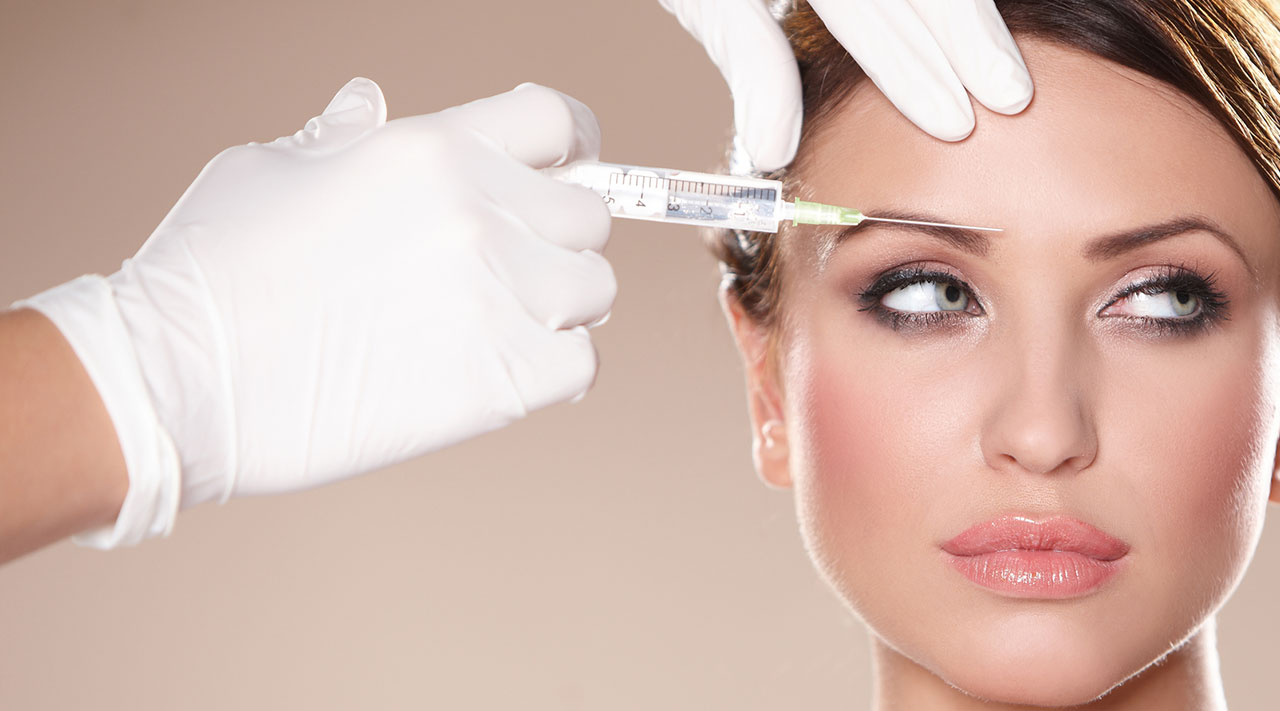Unknown to most of us, Botox (short for Botulinum Toxin) derived from Clostridium botulinum, a bacterium that was first discovered by a Belgian Scientist named Emile Pierre van Ermengem during a botulism outbreak in their country. Originally, those who are infected with this bacterium suffer botulism, a very rare but disabling paralytic illness.

During the year 1920s, scientists at UCSF tried to isolate the botulinum toxin but took 20 years before it got finally isolated by Dr. Edward Shantz. Thirty years after, they tried to use it to treat strabismus or crossed eyes on monkeys. However, the scientists had noticed that not only it had treated the eyes; it also reduced the wrinkles in the glabella area, the skin between the eyebrows and above the nose. After it was proven successful in the treatment of strabismus, Allergan licensed the treatment and branded it by the Botox trademark. Eventually, Botox had received the FDA approval for its medical and cosmetic benefits.
Listed below are the FDA or Food and Drug Administration approval dates for Botox:
- Strabismus and Blepharospasm treatments in 1989
- Cervical Dystonia treatment in 2000
- Glabellar Line Reduction in 2002
- Axillary Hyperhidrosis or excessive sweating in 2004
- Treatment of Chronic Migraines and Upper Lip Spasticity in 2010
- Treatment of Urinary Incontinence in 2011
- Treatment of Crow’s Feet or Lateral Canthal lines in 2013
The treatment of facial wrinkles, however, has an indirect approval from FDA, even though there is no definite approval date given for its application.
